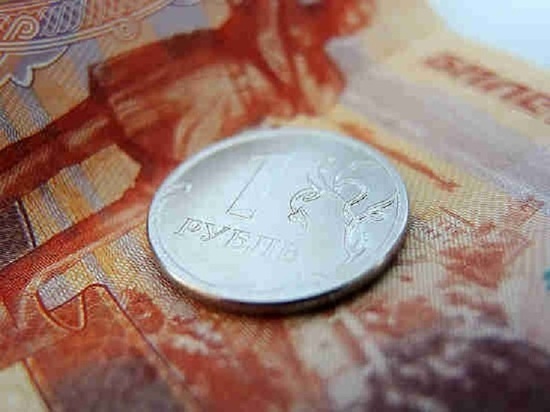While Moscow is selling Delhi's energy resources for dollars, countries are looking for an alternative
The Russian ruble and the Indian rupee, although they are, in fact, related words, the distance between them is huge. This is the conclusion reached by officials who are studying the possibility of trading between our countries in national currencies. Until the last moment, analysts wondered whether the parties would be able to work out a mechanism that would ensure equal demand for the ruble and the rupee.

Failed. The attempt failed. It became known that Russia and India froze the work on the methodology of calculations in rupees
Initially, the prospect of trading in the currencies of their countries loomed bright. Instead of a sweet pair of «dollar-euro», Russians will be able to open their accounts in a bundle of «yuan-rupee». And what, the Indian economy is showing rapid growth and is in dire need of energy. Who will support it in this regard, no matter how Russia, which has lost sales markets in unfriendly states?
Some Russian banks even managed to open deposit accounts in rupees for citizens.
But it turns out that the exchange rate rupees is not very stable, it is more reliable to rely on the domestic «wooden». And that we can accumulate a lot of this rupee.
As of April 5 of this year (since February), India purchased goods worth about $51 billion from Russia. Five times more than in the same period in 2022. Mostly oil and coal.
While Russian imports from India over this period even slightly decreased — from 3.61 to 3.43 billion dollars.
Moscow cannot afford to accumulate billions of rupees in reserves. Their annual surplus is predicted by analysts to be more than $40 billion, in Indian currency alone. And sooner or later this will happen as a result of a trade imbalance in favor of Russia.
The situation is further complicated by the fact that converting rupees into another currency is possible only within India itself — on the stock exchange or in banks. And if we are talking about large amounts, then only with the permission of the regulator.
In this regard, it is more profitable for Moscow to trade in yuan or in other more “hard” currencies.
The program of de-dollarization of the Russian economy began in 2018. In the calculations for energy, Moscow has translated foreign trade into rubles and national currencies of other countries. Other friendly countries that are slowly but surely refusing the «American» in international settlements are the Middle East, Asia and Latin America. Already in 2022, the share of the ruble in Russia in export payments for gas increased to 34% (it was 12%), and the Chinese yuan16% was only 0.5%.
So far, Moscow and Delhi continue to trade mainly in dollars and partly in dirhams of the Arab Emirates. However, they are actively looking for an alternative that is not so easy to find. As experts explain, third countries are also involved in mutual settlements, including China. Payments for deliveries from Russia are made to a third country, which transfers them to the Russian Federation or compensates them through its trade with Russia.
The failure of negotiations primarily hits Indian energy importers. After all, they will have to bear the costs of converting their money into other currencies.
But trade transactions between our countries continue.
According to some Russian experts, such trade is not very promising. TeleTrade analyst Alexei Fedorov says that the transition to national currencies is a forced measure. “It is unlikely to give a positive result to both parties. But there are no other alternatives anyway. Yes, and Moscow needs to build closer relations with New Delhi in order to integrate deeper into the Asian financial market.”
Perhaps such a material incentive will bring results?


